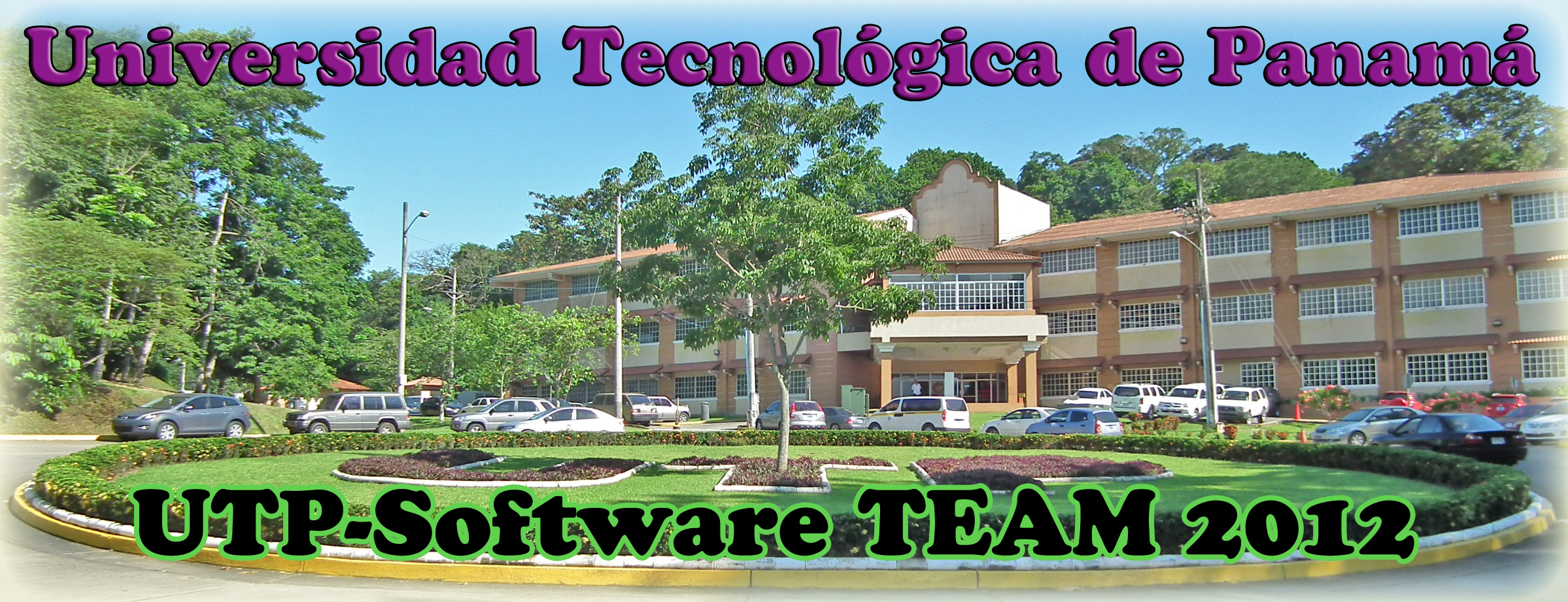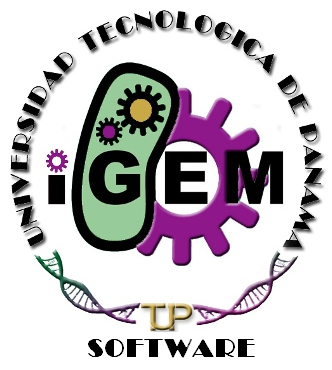Team:UTP-Software/HumanPractice
From 2012.igem.org
(Difference between revisions)
Arturo3010 (Talk | contribs) |
Arturo3010 (Talk | contribs) (→Human Practices Project) |
||
| Line 9: | Line 9: | ||
[http://prezi.com/tuvrabgowboo/utp-software-2012-team/ <font face="verdana" style="color:#663366"> '''UTP SOFTWARE TEAM 2012 HUMAN PRACTICES PRESENTATION '''] | [http://prezi.com/tuvrabgowboo/utp-software-2012-team/ <font face="verdana" style="color:#663366"> '''UTP SOFTWARE TEAM 2012 HUMAN PRACTICES PRESENTATION '''] | ||
<div align="center"> | <div align="center"> | ||
| + | |||
| + | == Human Practices Project An Introduction== | ||
| + | |||
| + | <div align="justify"> | ||
| + | |||
| + | |||
| + | Bioinformatics is a new discipline that addresses the need to manage and interpret the data | ||
| + | that in the past decade was massively generated by genomic research. This discipline | ||
| + | represents the convergence of genomics, biotechnology and information technology, and | ||
| + | encompasses analysis and interpretation of data, modeling of biological phenomena, and | ||
| + | development of algorithms and statistics. | ||
| + | |||
| + | Bioinformatics is by nature a cross-disciplinary | ||
| + | field that began in the 1960s with the efforts of Margaret O. Dayhoff, Walter M. Fitch, | ||
| + | Russell F. Doolittle and others and has matured into a fully developed discipline. However, | ||
| + | bioinformatics is wide-encompassing and is therefore difficult to define. For many, including | ||
| + | myself, it is still a nebulous term that encompasses molecular evolution, biological modeling, | ||
| + | biophysics, and systems biology. For others, it is plainly computational science applied to a | ||
| + | biological system. | ||
| + | |||
| + | Bioinformatics is also a thriving field that is currently in the forefront of | ||
| + | science and technology. Our society is investing heavily in the acquisition, transfer and | ||
| + | exploitation of data and bioinformatics is at the center stage of activities that focus on the | ||
| + | living world. It is currently a hot commodity, and students in bioinformatics will benefit from | ||
| + | employment demand in government, the private sector, and academia. | ||
| + | |||
| + | |||
| + | With the advent of computers, humans have become ‘data gatherers’, measuring every aspect | ||
| + | of our life with inferences derived from these activities. In this new culture, everything can | ||
| + | and will become data (from internet traffic and consumer taste to the mapping of galaxies or | ||
| + | human behavior). Everything can be measured (in pixels, Hertz, nucleotide bases, etc), turned | ||
| + | into collections of numbers that can be stored (generally in bytes of information), archived in | ||
| + | databases, disseminated (through cable or wireless conduits), and analyzed. We are expecting | ||
| + | giant pay-offs from our data: proactive control of our world (from earthquakes and disease to | ||
| + | finance and social stability), and clear understanding of chemical, biological and | ||
| + | cosmological processes. Ultimately, we expect a better life. Unfortunately, data brings clutter | ||
| + | and noise and its interpretation cannot keep pace with its accumulation. | ||
| + | |||
| + | One problem with data is its multi-dimensionality and how to uncover underlying signal (patterns) in the most | ||
| + | parsimonious way (generally using nonlinear approaches. Another problem relates to what | ||
| + | we do with the data. Scientific discovery is driven by falsifiability and imagination and not by | ||
| + | purely logical processes that turn observations into understanding. Data will not generate | ||
| + | knowledge if we use inductive principles. | ||
| + | |||
| + | |||
| + | |||
| + | The gathering, archival, dissemination, modeling, and analysis of biological data falls within | ||
| + | a relatively young field of scientific inquiry, currently known as ‘bioinformatics’, | ||
| + | ‘Bioinformatics was spurred by wide accessibility of computers with increased compute | ||
| + | power and by the advent of genomics. Genomics made it possible to acquire nucleic acid | ||
| + | sequence and structural information from a wide range of genomes at an unprecedented pace | ||
| + | and made this information accessible to further analysis and experimentation. For example, | ||
| + | sequences were matched to those coding for globular proteins of known structure (defined by | ||
| + | crystallography) and were used in high-throughput combinatorial approaches (such as DNA | ||
| + | microarrays) to study patterns of gene expression. Inferences from sequences and | ||
| + | biochemical data were used to construct metabolic networks. | ||
| + | |||
| + | These activities have generated terabytes of data that are now being analyzed with computer, statistical, and machine learning techniques. The sheer number of sequences and information derived from these endeavors | ||
| + | has given the false impression that imagination and hypothesis do not play a role in | ||
| + | acquisition of biological knowledge. However, bioinformatics becomes only a science when | ||
| + | fueled by hypothesis-driven research and within the context of the complex and everchanging living world. The science that relates to bioinformatics has many components. It usually relates to | ||
| + | biological molecules and therefore requires knowledge in the fields of biochemistry, | ||
| + | molecular biology, molecular evolution, thermodynamics, biophysics, molecular engineering, | ||
| + | and statistical mechanics, to name a few. It requires the use of computer science, | ||
| + | mathematical, and statistical principles. Bioinformatics is in the cross roads of experimental | ||
| + | and theoretical science. Bioinformatics is not only about modeling or data ‘mining’, it is | ||
| + | about understanding the molecular world that fuels life from evolutionary and mechanistic | ||
| + | perspectives. It is truly inter-disciplinary and is changing. Much like biotechnology and | ||
| + | genomics, bioinformatics is moving from applied to basic science, from developing tools to | ||
| + | developing hypotheses. | ||
| + | <div align="justify"> | ||
Revision as of 03:44, 27 September 2012
| Home | Team & Attributions | Project | S2MT | Tutorial | Biosinergia | Notebook | Human Practices | Safety | Sponsors |
|---|
 "
"

